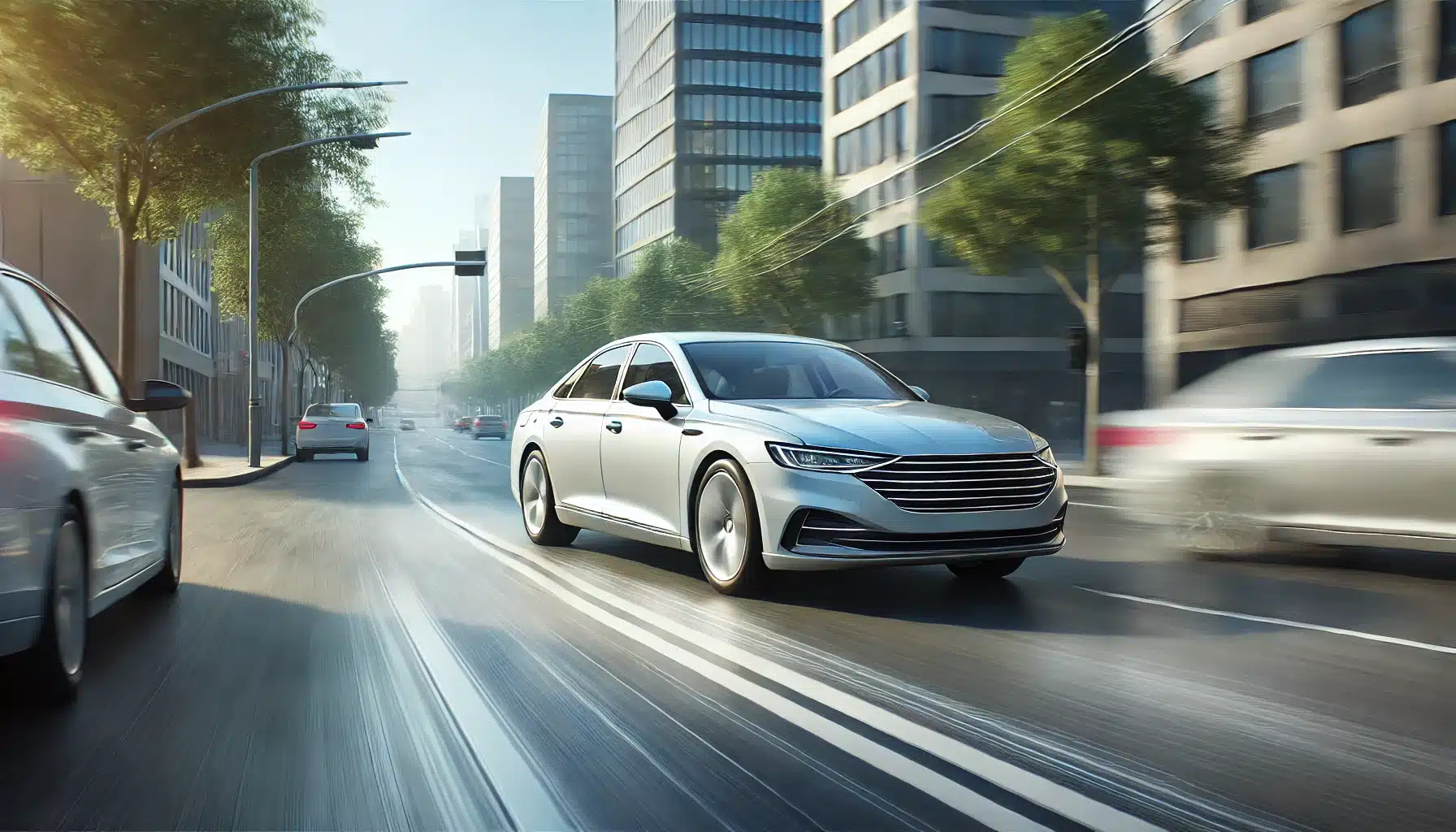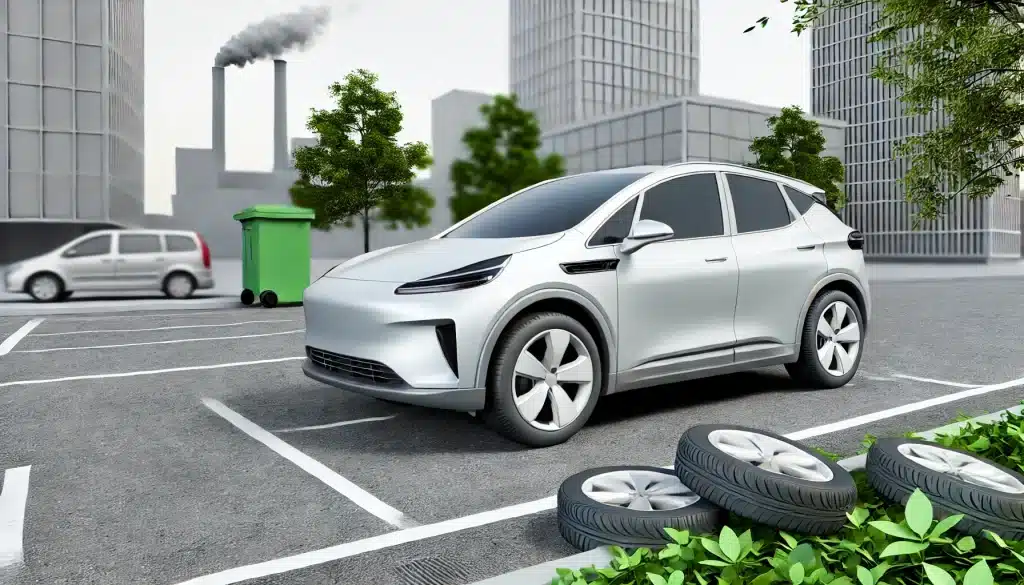
5 Things You Can Do to Reduce Emissions While Driving
In the face of growing concerns about climate change and the environmental impact of transportation, reducing emissions from vehicles has never been more important. Whether you’re commuting to work, running errands, or going on a road trip, every decision you make while driving can contribute to lowering your carbon footprint. Fortunately, there are practical steps you can take to reduce your vehicle’s emissions, many of which are easy to incorporate into your daily routine. Below are five actionable tips that can help you drive more sustainably and lessen your impact on the environment.
Drive Efficiently and Maintain a Smooth Driving Style
One of the simplest ways to reduce emissions while driving is to focus on your driving habits. Aggressive driving, such as rapid acceleration, hard braking, and speeding, leads to higher fuel consumption and increased emissions. By adopting a smoother, more controlled driving style, you can improve your vehicle’s fuel efficiency and lower its environmental impact.
Accelerate gently: Avoid heavy acceleration and give yourself ample time to speed up. This reduces fuel consumption and helps avoid unnecessary emissions.
Brake gradually: Try to anticipate traffic conditions, and slow down gradually rather than slamming on the brakes. This reduces wear and tear on your vehicle and improves fuel efficiency.
Drive at consistent speeds: Use cruise control on highways to maintain a steady speed, which can help reduce fuel consumption and emissions.
When driving efficiently, you’re not just cutting emissions—you’re also saving money by using less fuel.
Regular Vehicle Maintenance
Routine maintenance is crucial to keeping your vehicle running efficiently and minimizing its environmental impact. A well-maintained vehicle operates more smoothly, burns less fuel, and emits fewer pollutants. Regular maintenance tasks like checking tire pressure, changing air filters, and keeping the engine in good condition can make a significant difference.
Check tire pressure: Under-inflated tires create more friction on the road, leading to greater fuel consumption. Check tire pressure regularly and ensure it’s at the recommended level for optimal performance.
Change air filters: A clogged air filter reduces engine efficiency and increases emissions. Regularly changing the air filter ensures that your engine is getting enough air to operate efficiently.
Keep your engine tuned: A well-tuned engine runs more efficiently and produces fewer harmful emissions. Follow your vehicle’s recommended service schedule for oil changes and other maintenance tasks to keep the engine performing at its best.
In addition to maintaining your vehicle, it’s also important to use high-quality fuel and oil products. These can contribute to a cleaner engine and help reduce harmful emissions.
Opt for Carpooling, Ride-Sharing, and Public Transportation
Driving alone every day is not only inefficient but also contributes to higher emissions, traffic congestion, and increased air pollution. By carpooling or using public transportation, you can significantly reduce the number of vehicles on the road and help lower overall emissions.
Carpool or use ride-sharing: If you have colleagues, friends, or family members who travel along similar routes, consider sharing a ride. This reduces the number of cars on the road and can help save money on fuel while reducing emissions.
Use public transportation: Buses, trains, and other forms of public transportation are generally more energy-efficient and produce fewer emissions per person than private vehicles. If available, consider using public transit for your daily commute or even for weekend trips.
Walk or bike when possible: For short trips, consider walking or biking instead of driving. Not only does this reduce emissions, but it also promotes better health and reduces your reliance on fossil fuels.
In addition to reducing emissions, carpooling and using public transportation can be more cost-effective than driving alone every day.
Consider an Electric Vehicle (EV) or Hybrid Car
One of the most effective ways to reduce your emissions while driving is to switch to an electric vehicle (EV) or hybrid car. EVs produce zero tailpipe emissions, making them one of the most environmentally friendly options for drivers. Hybrid vehicles, while still using gasoline, combine an internal combustion engine with an electric motor, which helps improve fuel efficiency and reduce emissions.
Electric vehicles (EVs): If you’re in a position to make the switch, an electric vehicle is an excellent way to eliminate emissions. Many modern EVs offer long driving ranges, fast charging options, and lower maintenance costs compared to traditional gasoline-powered vehicles.
Hybrid vehicles: If an EV isn’t an option for you, a hybrid car can still help reduce your carbon footprint. Hybrids use both a gasoline engine and an electric motor, allowing for reduced emissions compared to standard vehicles.
As more EVs and hybrid cars enter the market, the technology continues to improve, and the availability of charging infrastructure increases, making these environmentally friendly options more accessible to consumers.

Drive Smarter and Contribute to a Greener Planet with MapMetrics
MapMetrics is a community-driven navigation app that helps drivers reduce their environmental impact through data-driven insights and innovative sustainability features.
MapMetrics의 주요 기능:
Driver Stats for Emissions Insights
MapMetrics provides detailed driving statistics, including estimates of emissions generated during trips and the number of trees required to offset those emissions. This empowers drivers to better understand their environmental impact.
Mapster Forest: Plant Trees to Offset Emissions
Through its Mapster Forest initiative, users can take direct action to support the environment by reaching milestones within the app to unlock tree-planting rewards and using earned rewards to plant trees (800 MMAP per tree) in partnership with Tree-Nation, a leading reforestation platform.
Community-Driven, Decentralized Data
Unlike traditional navigation apps, MapMetrics relies on its community to contribute and update map data, ensuring accuracy and efficiency through decentralized participation.
Promoting Environmental Sustainability
By combining emissions tracking with tree-planting initiatives, MapMetrics motivates drivers to make sustainable choices and actively contribute to a healthier planet.
결론
Reducing emissions while driving is essential for combating climate change and improving air quality. By adopting efficient driving habits, maintaining your vehicle, carpooling, considering electric or hybrid vehicles, and utilizing innovative technologies like MapMetrics, you can make a meaningful difference in lowering your environmental impact. Every small change adds up, and together, we can all contribute to a cleaner, greener future.


